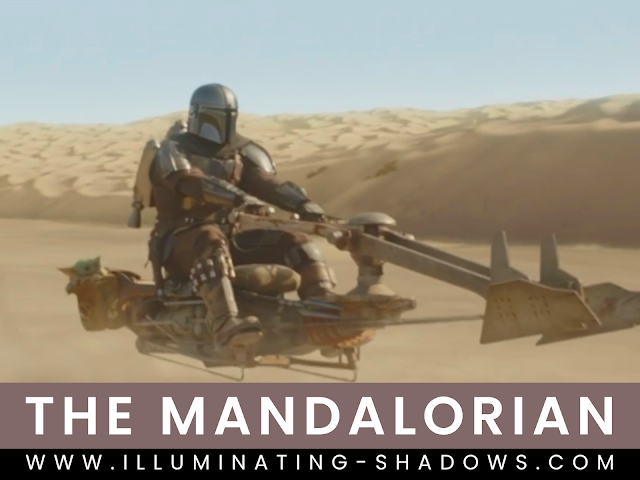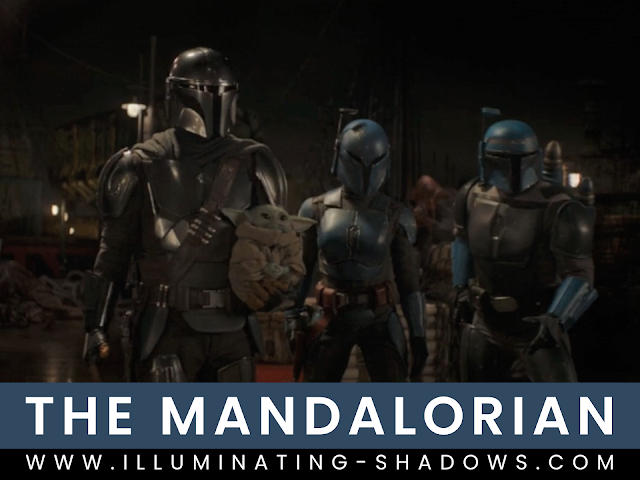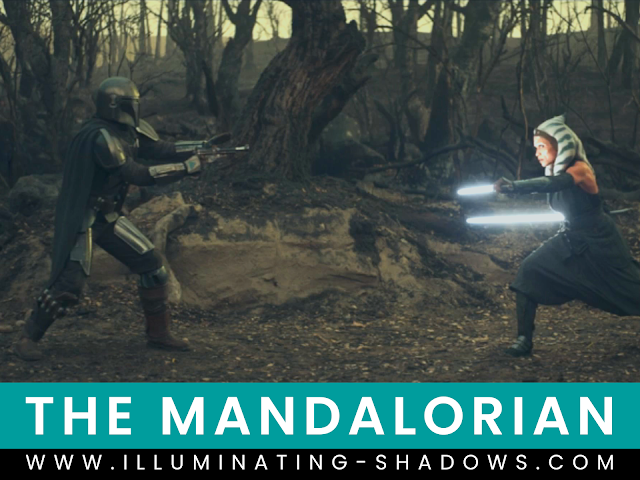This page contains affiliate links that earn me a small commission. They don't cost you anything. Their presence/absence doesn't effect the quality of this Content Review. Please see the Disclosures Page to learn more.
Required Star Wars Knowledge
Watching Season 1 before jumping into Season 2 is helpful, but not required. Since we learn that The Mandalorian's name is Din Djarin at the end of Season 1, for clarity's sake I'll be referring to him as Din Djarin during this review.
In Season 1 a basic understanding of the government in the Star Wars universe helps the story make a little more sense; but in Season 2 things will be confusing if you don't know the following basic information:
The Mandalorian takes place after rebels overthrew the Galactic Empire (aka after the movie Star Wars Episode 6: Return of the Jedi). The Galactic Empire was a tyrannical dictatorship that ruled by fear and violence; their troops wore white armor and were called storm troopers. The government before the Galactic Empire was called the Republic, and the current government is called the New Republic. The farther away you get from the center of the galaxy, the less likely the government is to be around, and therefore the more lawless a place is.
What to Expect in Every Episode
Just like with Season 1, there's a lot of violence. Gunfights, fist fighting, stabbings, and death are common. Typically there's no gore associated with humans and human-like aliens, it's mostly just smoking blaster marks or knives stuck in them; but occasionally an animal or droid is shown more gruesomely destroyed.
An occasional swear word and presumably alcoholic beverages.
Different alien races, some of which may be frighting to small children; although there's less than in Season 1.
While Din Djarin talks more than in Season 1, he still uses a lot subtle body language. In Season 2 the Child is in more scenes and he still doesn't speak, but his body language is easier to understand than in Season 1.
Increasingly more talk of Din Djarin's Mandalorian religion and the Child's Jedi religion; including the Child occasionally using his powers in increasingly grander ways.
Intense dire circumstances with impossible odds, strong foes, compromises/deals, and morally grey situations; all a degree higher than in Season 1.
Content by Chapter
In addition to the things listed above, here's any extra potentially objectionable content in each episode. Note: Season 1 had 8 "chapters", so episode 1 of Season 2 is called "Chapter 9".
Chapter 9
In the opening scene Din Djarin hangs an alien in the air, shoots out a street light, and walks away. Numerous scary creatures emerge from the darkness, shown only by their red eyes and wolf-like growls, and proceed to devour the alien alive amidst his screams.
Din Djarin and a bunch of others battle a massive scary creature (see picture above). If you're familiar with any Tremors movies, it's kind of like a graboid that is large enough to eat an elephant. Its exposed flesh is later shown being harvested for meat.
Chapter 10
The Child is held at knife point. There's a LOT of hostile spiders, including one large enough to eat people.
Chapter 11
The Child is nearly drowned. An officer kills his crew and then commits suicide.
Chapter 12
A lab conducting cloning and/or mutation experiments is discovered.
Chapter 13
Civilians that displease a dictator are placed on narrow pedestals where they must stand perfectly still or they get painfully shocked. The Child communicates with his mind, and his powers are discussed in several scenes. The Child's name is revealed, and it's not as cool as the "baby Yoda" nickname he has acquired on social media.
Chapter 14
The Child enters a trance and is surrounded by a force field. Storm troopers are smashed soo brutally hard in melee combat that their armor breaks. Din Djarin experiences great sadness after the Child is captured and his ship is decimated.
Chapter 15
There's a lot of philosophical discussion around one's values. Are they different from others, will people abandon them when times get hard, is the government's values good for the individual, etc. The questions presented are mostly left unanswered; although it's understood that the character believes people are more similar than they are different, and that the individual is more important that the government.
Chapter 16
This is a jailbreak type episode, as well as the final episode of the season, so it's more intense than usual. Characters are held hostage with guns/knives to their heads. A pilot kills his co-pilot. There's a lot of violent Jedi fighting vs droids.
Conclusion
The Mandalorian continues to be an excellent series; however, just like with Season 1, violence is the major obstacle that keeps children from watching it. Fortunately, once children (or more likely teens) are able to handle the violence, they're probably able to handle any of the other questionable content.













No comments
Post a Comment